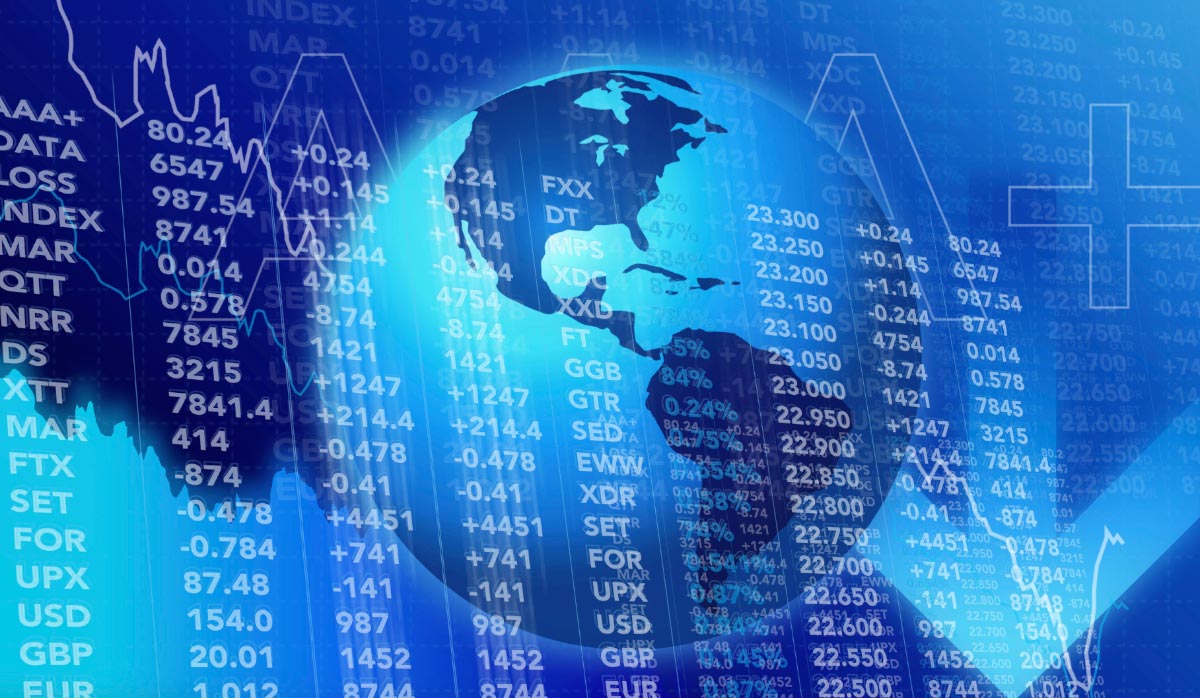sending shares down 8%. In our view, Sabre has enough liquidity in a zero-demand environment for around a year, and probably at least two years at second-quarter 2021 demand levels. This stance is buoyed by Sabre last communicating a monthly cash burn figure of $80 million in a zero-demand environment during its earnings call on 6th Nov 2020. Since then, management said on its Feb. 16, 2021, earnings call that it expected cash burn to improve throughout 2021. On the Aug. 3, 2021, call management said cash burn improved sequentially and that Sabre had $1.1 billion in cash on the balance sheet, with no debt maturing until 2024 and no significant uses for cash in the near term.
Sabre expects to reach free cash flow break-even levels when its air volumes reach 56%-67% of 2019 levels. Sabre’s total air bookings recovered to 51% of 2019 levels in June, up from 38% in May and 24% in its first quarter. U.S. hotel industry revenue per available room has not weakened through mid-August, and even during 2020 case surges U.S. travel demand only paused for a few weeks before continuing an improving trend, illuminating the desire to travel. Still, after holding at around 80% of 2019 levels through mid-August, U.S. air volumes have averaged around 74% for days 16-19 of the month.
And importantly for Sabre, it is a later cycle recovery play tied to corporate travel improving, which is being delayed by pushouts of return to office. We are monitoring any potential impact to demand from the delta variant of the coronavirus. We currently estimate that Sabre’s second-half 2021 air bookings will reach 54% of 2019 levels, a small improvement from June levels. While share price action may remain volatile, we still see investors greatly discounting Sabre’s narrow moat, with shares trading well below our $16.20 fair value estimate.
Company Profile
Sabre holds the number-two share of global distribution system air bookings (40.9% as of the end of 2020 versus 38.8% in 2019). The travel solutions segment represented 88% of total 2020 revenue, which was split evenly between distribution and airline IT solutions revenue. The company also has a growing hotel IT solutions division (12% of revenue). Transaction fees, which are tied to volume and not price, account for the bulk of revenue and profits.
(Source: Morningstar)
General Advice Warning
Any advice/ information provided is general in nature only and does not take into account the personal financial situation, objectives or needs of any particular person.








